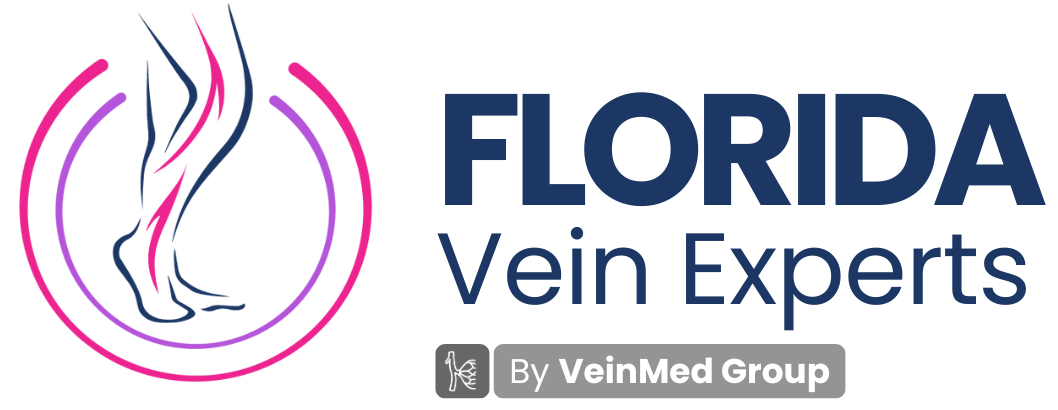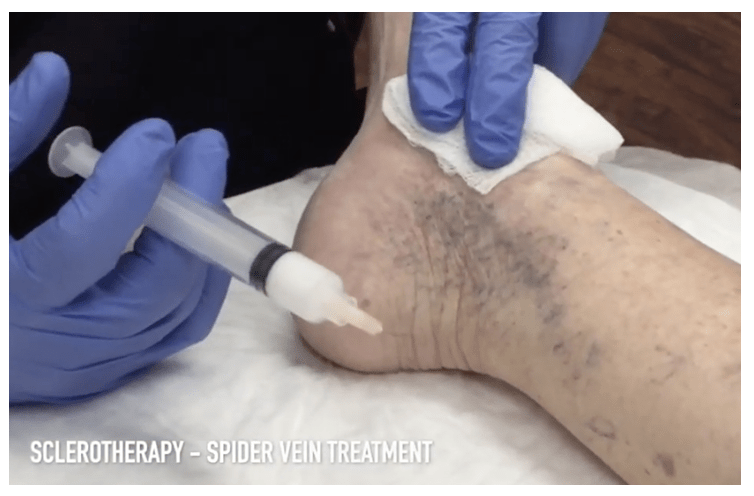It is excessive weight gain, as well as overall pressure put on the veins, that can cause spider veins. These kinds of veins are thin and scraggly, and they can be found not just on the legs but also, sometimes, on the face. When it comes to excessive weight gain causing spider veins, if the person (this condition is more prevalent in women) gained it over time because of poor diet choices, then the person will need to start on working to get back to a healthy weight as soon as possible.
Some women actually develop spider veins via the weight gain that is associated with pregnancy. In such a situation, there are various things that a woman can do in order to prevent these kinds from happening. First of all, it is important for the woman to wear the proper footwear. Although high heels make lovely fashion statements, they put entirely too much pressure on the legs even in women who are not pregnant.
So, it is very important for a pregnant woman to wear shoes that are comfortable, yet also provide the proper support. Sneakers with gel soles, while not the most fashionable choices, are still good ideas. Speaking of sneakers, these kinds of veins are also caused when a woman decides to walk or job around wearing the wrong kinds of shoes. Everyone has seen at least one woman doing this, especially if they happen to belong to an athletic club. These are the women you see working out in slip-on, or tennis, shoes.
How do spider veins anatomically happen?
In order to have a better understanding of how they happen, a person first needs to understand the basic principles of circulation. In order for the body to properly function, the heart pumps blood through the veins around the body (in this case, the veins in the legs). When a lot of pressure is put on various veins in the legs, the veins swell in order to allow the blood to successfully pass through.
Sometimes, however, the presence of these kinds of veins becomes more than just a cosmetic issue. Instead, they can sometimes be indicative of serious circulatory issues, such as the presence of a clot. There are two ways to tell if this might be the case. The first way is if the leg on which these kinds of veins appear is frequently stiff and achy. The second way is if a rash forms around the vein, which could lead to ulceration.
These kinds of veins are best treated via sclerotherapy, which involves medicinal injections that weaken the walls of the veins and thus collapse them. It is important to note that the patient will need to have several treatment sessions before she can obtain optimal results.
Source : https://www.veindirectory.org/glossary/how-spider-veins-are-caused-and-how-they-can-be-fixed#!

